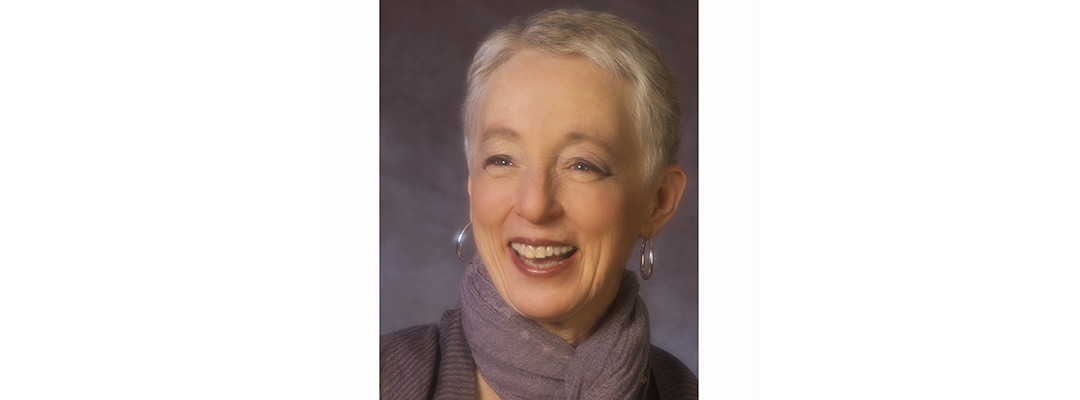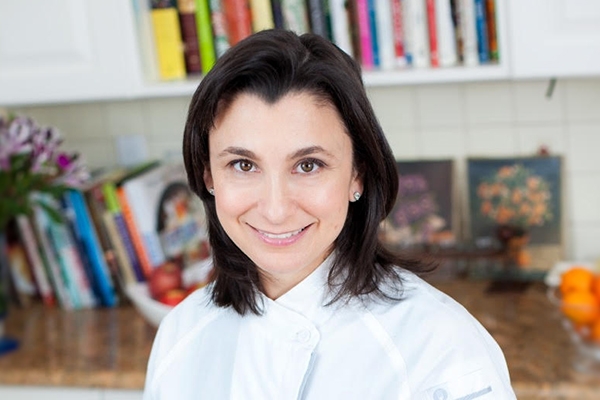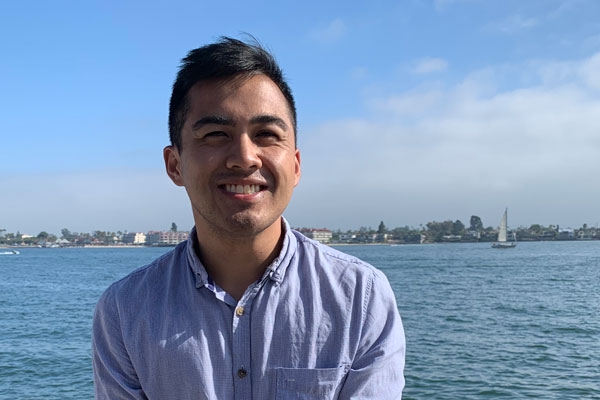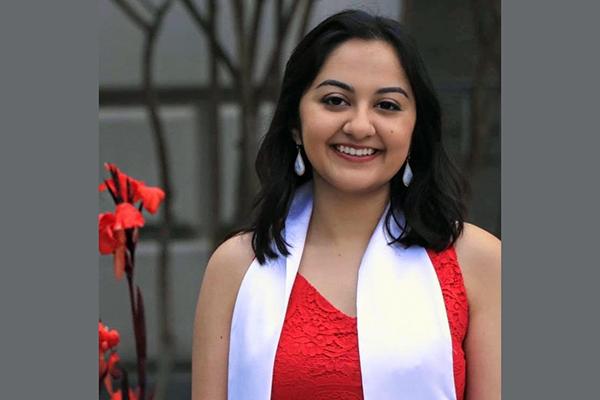Why would you need a second opinion to make the right decision for you or a family member, especially coming from someone who is not your physician? But what if it is someone who knows the ins and outs of the system? Is it is really necessary to get someone else’s thoughts regarding your health care?
Several years ago, doctors diagnosed my mother with cancer. The doctors recommended surgery, which my mother agreed to—because that’s what you do when you are scared and you need to trust your physician’s direction. Were there any other tests they could have done to rule out such an invasive procedure? Was this her only and best option for her cancer? We don’t know. What we do know is that my mother could have used a health care advocate.
Patient experiences like my mother’s are why Joanna Smith, M.P.H., CHA, LCSW, became interested in health care advocacy.
“I started NAHAC because I wanted to create a nonprofit that could advance health care advocacy as a profession and bring it national attention.”
As she tells it, “I became interested in health care advocacy while I was working as a medical social worker and discharge planner in hospitals in the Bay Area. So many times, I saw patients and their families overwhelmed by choices or decisions that the health care team was suggesting. I began to see that there was a place for someone who could follow that patient and family through the system, helping them understand their choices and the decisions that needed to be made. I could work with them in-patient as well as outpatient—in all kinds of medical settings—and be that one consistent person who followed them everywhere they received care. That is, in effect, health care advocacy!”
HEALTH ADVOCACY TO THE NATIONAL SPOTLIGHT

Building on more than 30 years of experience in the fields of health care advocacy, mental health, discharge planning and medical social work, Smith also was a founding member of the National Association of Healthcare Advocacy Consultants (NAHAC) in 2009, served as its first president and organized its first annual conference that same year. But it is not only Smith’s entrepreneurial spirit that makes her exceptional. Her dedication, professionalism and mentorship excites the students who take her course Introduction to Health Care Advocacy or who enroll in the Health Advocacy certificate. (Note: The certificate program will be available fully online in 2018.) Smith is a pioneer in the field—both locally and nationally—and we are proud to recognize her achievements in and out of the classroom.
“I started NAHAC because I wanted to create a nonprofit that could advance health care advocacy as a profession and bring it national attention,” Smith recalls. “In the early days, most people did not even know that there was such a thing as a health care advocate, patient advocate or navigator. I also wanted the organization to focus on helping two populations: professional advocates, who need to develop the best skills to assist their clients, and the general public, who also need to learn those skills so they can become informed health care consumers and advocate for themselves.”
ADVOCATING THROUGH HER OWN PRACTICE
Smith is the founder and CEO of Healthcare Liaison, a health care advocacy practice in Berkeley where she assists her clients in navigating through complex medical situations. In addition to teaching in her own national credentialing program through Healthcare Liaison, Smith helped develop and serves as the lead instructor in our Certificate Program in Health Advocacy.
Smith’s desire to start her own business complemented the love for her work, adding in a social entrepreneurship element. “A percentage of the profits from Healthcare Liaison go to the Grameen Foundation, a nonprofit that funds primarily women in developing countries,” Smith explains. “If those women are successful in business, we know that they will spend their income on health care for their families. It feels good to be able to have a worldwide effect on health care through my work in the U.S.”
ADVOCATING THROUGH THE CLASS
Smith brings examples of those real-life health care advocacy cases to her classroom. Part of teaching students about the field includes telling them about the hard work and difficult—yet rewarding—experiences a health advocate will encounter. Smith has had her fair share to pull from.
“This is such an interactive profession, and I want my students to develop skills in communication and problem-solving.”
“I had a client that I worked with for three years,” begins Smith. “He had cancer, and one of the first tasks was to help figure out what kind of cancer it was and where he could get the best health care to treat it. Initially, that meant figuring out where to go for advanced diagnosis. We tried several clinics, all the while looking for that ‘good match’: a clinician who could listen and speak my client’s language and explain things well to him.
“After searching the Bay Area, we finally found that clinician—not at one of the big comprehensive cancer centers, but at a small center near him and his family. As a team, we sorted through medical options and kinds of chemotherapy. While nothing could be a cure, we focused on keeping his quality of life—for him, that meant being able to go out in his boat with friends!—as high as we could, for as long as we could. Working with him and his family was one of the most moving experiences I have had as a health care advocate.
“This is such an interactive profession, and I want my students to develop skills in communication and problem-solving,” says Smith. “The best way I know how to do that is by working through various vignettes and situations from my practice so students get the real-life view of what an advocate does.”
And her students respond by teaching Smith a few things of their own from their health care experiences. “Extension students are very eager and inquisitive,” enthuses Smith. “And they frequently know about resources or have areas of expertise in a particular disease, topic, public policy or research that they can share. It enriches the classroom experience for us all.”



